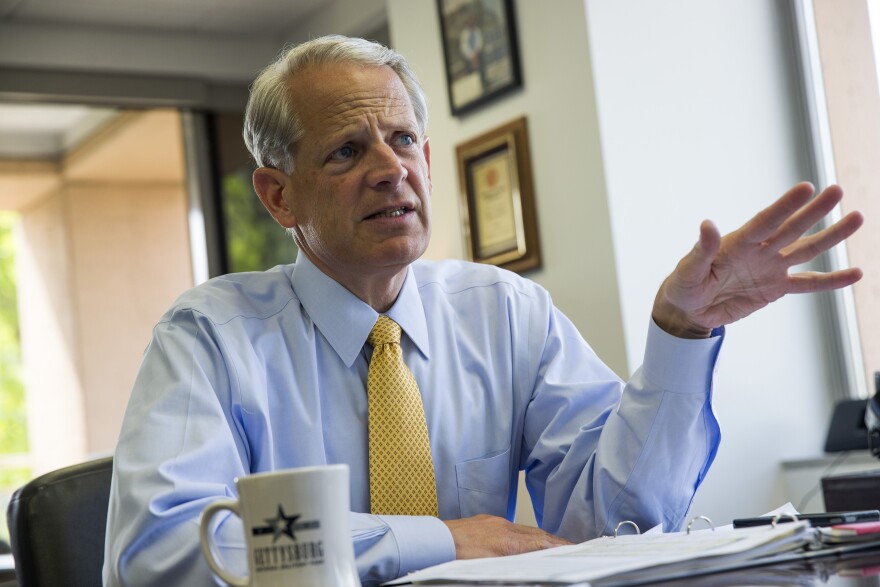Now that New York has redrawn its congressional district maps, which will increase the state’s Democratic representation in the House, Steve Israel is watching his old seat undergo significant changes.
Israel represented New York’s Second Congressional District for over a decade until 2013, when the state last went through redistricting. He was put into New York’s third district, which expanded west into Nassau County and parts of Queens, until he left office in 2017. Now, the new maps push the third district even further west into parts of the Bronx and Westchester County.
WSHU’s Ebong Udoma spoke with the former Long Island congressman to understand the impact of redistricting on bipartisanship in America. Steve Israel is now the director of the Brooks Institute of Politics and Global Affairs at Cornell University.
WSHU: Could you just talk a little bit about what redistricting is and why it is a problem?
SI: Well, originally, the constitutional intent behind redistricting was that we took a census every 10 years and had to make sure that every member of Congress represented roughly the same number of people. And that makes sense, but redistricting has become a political weapon.
WSHU: So each state has a different way of redistricting. Could you tell us what the different ways of dealing with it are? And which, in your opinion, is a better way of dealing with it?
SI: The conventional way is to literally use a computer and a magic marker and draw lines in and out to ensure that you have, in the case of Democrats, as many Democratic voters as you can, and in the case of Republicans, as many Republican voters. This is why some of these districts look preposterous, they weave in and out, they cut around certain enclaves of populations, they go far and wide. And that is why it's called gerrymandering. There are other ways, more sensible ways, and the good news is that more states have decided to take the partisanship out of the drawing of maps and they rely on independent, nonpartisan commissions. Or, they apply fair legal standards that can be upheld by a court.
WSHU: And one state that does this, I believe, is California?
SI: California has an independent redistricting commission that is largely inoculated from partisan pressures.
WSHU: We have a situation in Connecticut, with politicians from both parties, leadership gets together and decides. And the past couple of times, they've had a problem agreeing on the district lines. Is there a similar situation in New York?
SI: Well, New York actually had for the first time a presumably independent, nonpartisan group that was drawing the lines, but it was programmed to fail, quite honestly.
WSHU: In the article that you had in The Hill: In 2000, there were between 125 and 150 swing districts. Right now there are about 10?
SI: I saw this for myself over the course of 16 years when I was elected to the House of Representatives in 2000. There were 150 purple districts — fairly competitive, moderate districts. When I became chairman of the Democratic Congressional Campaign Committee, in 2011, it had shrunk to about 75, largely as a result of redistricting.
WSHU: So how do we get back to a situation where there is some competition in the districts?
SI: I think there's one simple solution, and that is to have a national redistricting commission that is charged with drawing lines to reflect continuity.
WSHU: How does that conflict with states rights?
SI: Well, many states are doing that on their own. You know, the federal government has not shown much willingness to pursue an independent or to enact an independent redistricting commission.
WSHU: So, no easy way forward.
SI: There's never an easy way forward, but that shouldn't stop us from pursuing reform where we can get it and we can get it at the state level.



